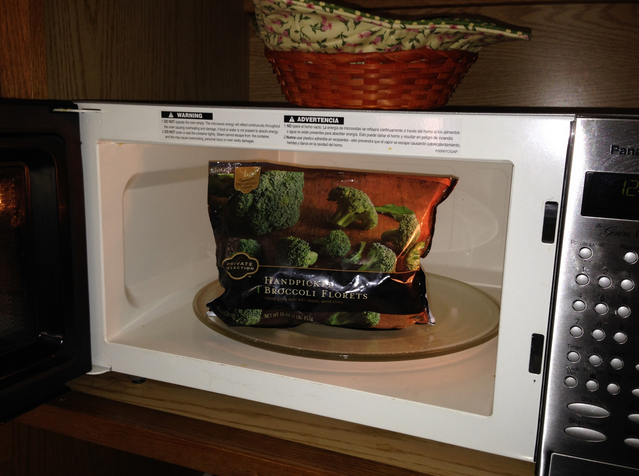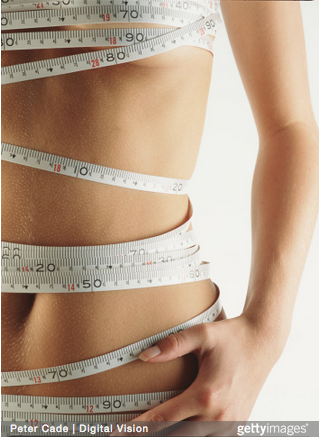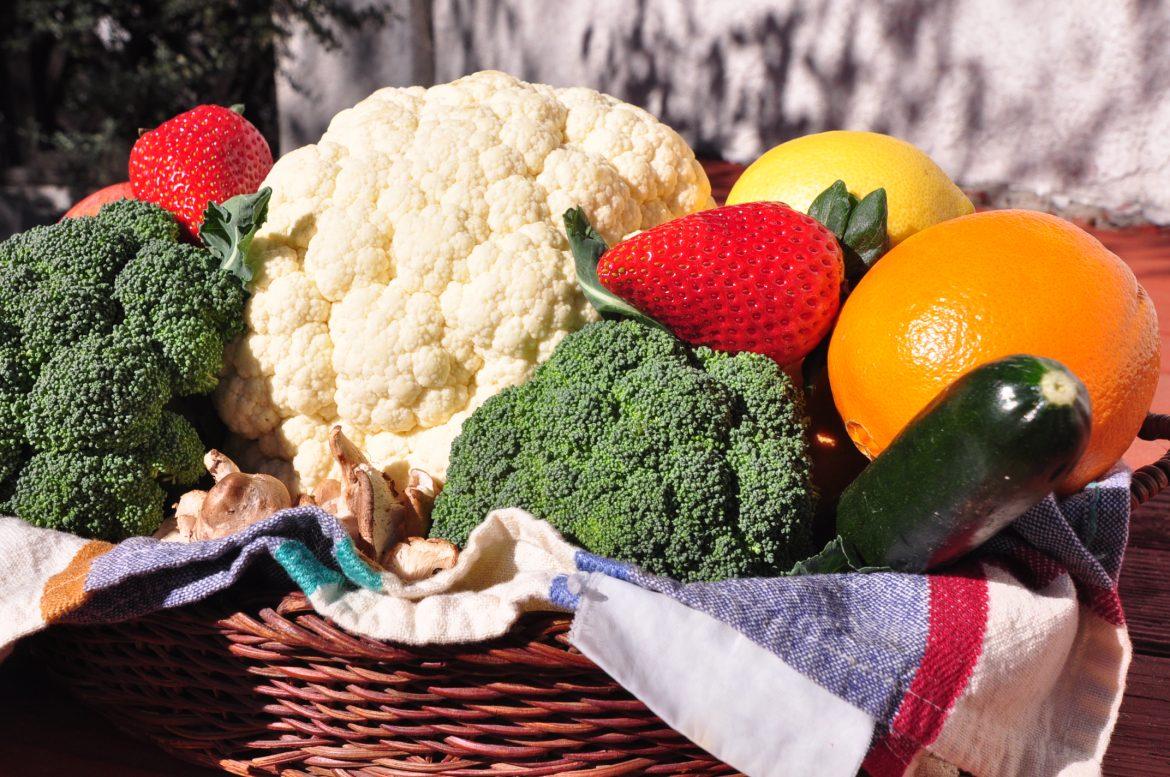
Microwave ovens cook food by converting electrical power into waves of electromagnetic energy with a frequency similar to radio waves. However, microwaves are more narrowly focused and oscillate at a faster rate, which results in the rapid rotation of water, fat and sugar molecules. This causes a molecular vibration that produces heat and raises the internal temperature of your food. Microwaves penetrate food quickly, allowing for faster cooking than ovens and stovetops.
Do microwaves destroy nutrients in food?
Although minerals are generally unaffected by heat, certain vitamins may be lost during cooking, regardless of the method. In particular, vitamins A, C, E, and some B vitamins are heat sensitive. Some nutrients may be lost when cooked in water (vitamin C, some B vitamins, and the mineral potassium may leach from the food into the water). This is actually where the microwave is beneficial. Compared to other cooking methods, microwaves take less time to cook food and this is thought to result in a reduction of nutrient loss. For instance, microwaves are champion vegetable steamers and not only result in a better color and flavor than stove top steaming, microwave steamed veggies are thought to retain more nutrients.
What containers are considered “microwave safe”?
It is important to use cookware labeled microwave safe, particularly when it comes to plastic. For instance, do not microwave in a yogurt or butter container, nor should you microwave in the containers that come with your frozen food more than once. Plastic contains plasticizers, which are chemicals that may migrate from the plastic into our food when in direct contact during heating. Some of these chemicals are considered more harmful than others, such asbisphenol A (BPA), which studies have shown to be an endocrine disruptor.Endocrine disruptors are chemicals that may accumulate in our body and at certain levels may interfere with the signaling functions of our hormones and result in damage. The Food and Drug Administration has taken steps to protect infants from BPA, the most vulnerable population, but stand by their labeling of microwave-safe dishes, which have withstood significant testing. Today, the topic remains controversial and studies are being done across the globe to determine how best to protect human health. In the meantime, besides containers labeled “microwave safe,” the safest microwave cookware include glass (Pyrex and Anchor Hocking, for instance), glass-ceramic (such as Corning Ware), unprinted paper materials, parchment or wax paper, and heavy plastic wrap to cover food (always provide space between the wrap and your food and allow steam to escape through a vent).
Tips for cooking food evenly in the microwave.
Microwaves can kill bacteria in food but sometimes cook unevenly. The Food Safety and Inspection Service (FSIS) recommends using a thermometer to check the temperature of food cooked in a microwave in several places after the food has sat for 2-3 minutes (called the “standing time,” during which food is still cooking because it takes a few minutes for the vibrating molecules to some to a standstill). Ground meat and dishes with eggs should reach an internal temperature of 165° and most other meat, including fish, should reach 145°. To ensure adequate cooking, the FSIS recommends arranging your food evenly, loosely covering your dish to allow venting, and adding liquid because the steam that is generated helps destroy harmful pathogens and promote uniform cooking. Most microwaves rotate food, but turning your food upside down or stirring it midway will also prevent uneven cooking.
Find out more with the FSIS handout, Microwave Ovens and Food Safety.
Amanda Blake is a Peer Nutrition Counselor on campus. Peer nutrition counseling is a complimentary service available to students. To make a confidential appointment, contact the Klotz Student Health Center at (818) 677-3666.





